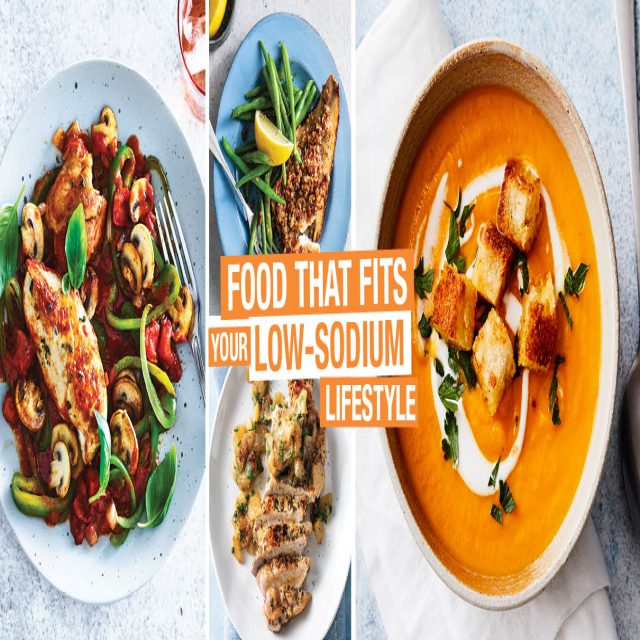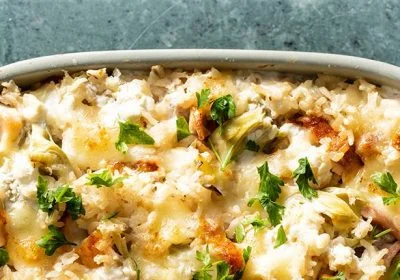Sodium isn’t all bad. It plays an important role in maintaining normal fluid balance in the body, but, like many things, it’s all about moderation. For the average adult with no heart or kidney-related health issues, the daily recommendation of sodium is 2,300 mg per day which equals 1 teaspoon of salt.
The tricky part about monitoring your sodium intake is that many foods either have naturally occurring or added sodium that we don’t even think about when we are trying to stay within the 1 teaspoon amount per day. Here’s a quick guide to some of the foods and products which have high sodium levels that you may not even realize.
- Monosodium glutamate, or also known as MSG (when eating out, ask for no added MSG, especially in Asian cuisine)
- meat tenderizers
- canned broth
- Chinese food/soy and teriyaki sauces
- barbeque sauce
- sauerkraut
- olives, pickles, and pickle relish (mostly anything pickled)
- bacon bits
- croutons
- cold cuts and cured meats
- pizza
- poultry (much poultry and other meats are injected with sodium.)
- canned soup
The good news is that many of these have lower-sodium versions, so look for those in your grocery store.
Here are a few more tips to help lower your sodium intake.
- Try to use fresh ingredients and/or foods with no added salt as much as possible.
- Try orange, lemon, lime, pineapple juice, or vinegar as a base for meat marinades or to add tart flavor.
- Use more fresh herbs and spices to replace the salt and add flavor.
- Try to limit convenience foods such as canned soups, entrees, vegetables, pasta, and rice mixes, frozen dinners, instant cereal and puddings, and gravy sauce mixes. Many of these are loaded with sodium.
- Learn to read food labels. Use the label information on food packages to help you make the best low-sodium selections.
Here are some low-sodium recipes to get you started.



Looking for more low-sodium inspiration? Check out our Low-Sodium Recipe collection on the Savory Recipe Center.







